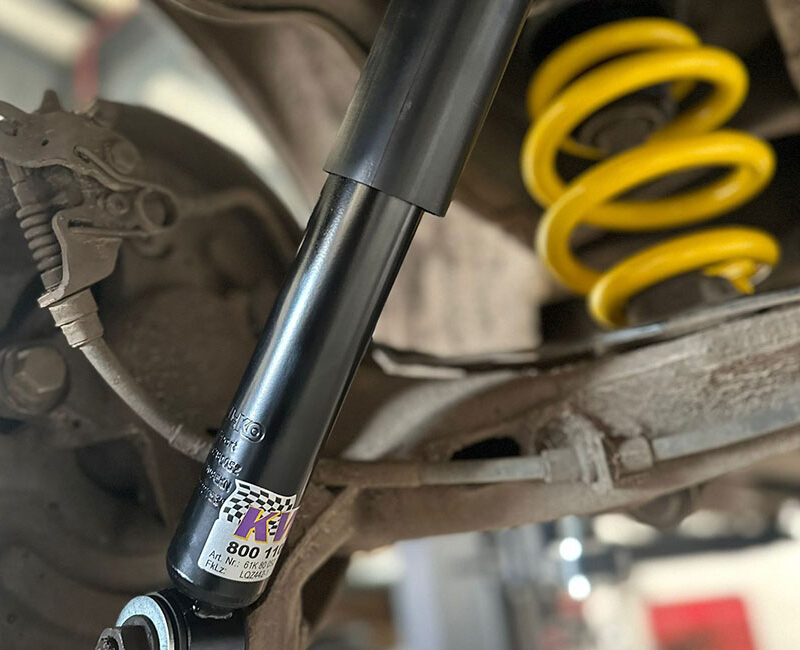Track Car Maintenance: Keeping Your Build in Top Shape
Owning a track car is not just about the adrenaline rush and the glory of racing; it also involves diligent maintenance to keep the vehicle in peak condition. Regular and thorough maintenance is crucial, especially given the high-stress conditions a track car endures. This comprehensive guide focuses on essential maintenance practices to ensure your track car remains reliable, safe, and ready to perform at its best.
Understanding the Importance of Maintenance for Track Cars
Track cars are subjected to extreme conditions, including high RPMs, intense braking, and rapid acceleration, all of which put significant strain on various components. Regular maintenance mitigates the risks of mechanical failures, which can be costly and dangerous.
Engine Maintenance
- Regular Oil Changes: Frequent oil changes are vital due to the high levels of stress and heat the engine experiences. Use high-quality oil suitable for high-performance engines.
- Cooling System Checks: Regularly check the coolant level and inspect the radiator and hoses for leaks or damage. Overheating is a common issue in track cars.
- Air Filter Maintenance: Clean or replace air filters frequently to ensure optimal airflow to the engine.
- Fuel System Inspection: Regularly inspect fuel lines and connections for leaks. Ensure the fuel filter is clean to maintain proper fuel flow.
Suspension and Brakes
- Brake Inspection: After every track session, inspect brake pads, rotors, and fluid. High-performance brake pads and fluid that can withstand higher temperatures are recommended.
- Suspension Check: Look for signs of wear in suspension components. Regular alignment and checking for any looseness or damage in suspension parts are crucial.
- Tyre Care: Monitor tyre wear and keep them at the correct pressure. Uneven wear can indicate suspension or alignment issues.
Safety Equipment
- Harness and Seat Inspection: Regularly check the condition of safety harnesses and racing seats. Look for any signs of wear, fraying, or damage.
- Fire Extinguisher: Ensure your fire extinguisher is accessible, properly mounted, and within the expiry date.
- Roll Cage: Inspect the roll cage for any signs of damage or weak points.
Electrical Systems
- Battery Maintenance: Ensure the battery is securely mounted and the connections are tight and corrosion-free.
- Wiring Checks: Regularly inspect wiring for any signs of wear, chafing, or damage, particularly in high-heat areas.
Fluids
- Regular Fluid Checks: Consistently check and replace transmission fluid, differential fluid, brake fluid, and power steering fluid, if applicable.
- Leak Checks: After each track session, check for any leaks under the car.
Post-Track Inspection
- Thorough Inspection: Conduct a comprehensive inspection after each track day. Look for any signs of damage, wear, or potential failure points.
- Cleaning: Clean the car thoroughly, including the undercarriage, to remove any debris that could hide potential issues.
FAQs for Track Car Maintenance
Q: How often should I change the oil in my track car? A: This depends on the frequency and intensity of track usage, but a good rule of thumb is to change the oil after every four or five track days.
Q: Do I need special brake fluid for a track car? A: Yes, high-performance brake fluid with a higher boiling point is recommended to prevent brake fade.
Q: How can I tell if my suspension needs attention? A: Signs include uneven tyre wear, strange noises during cornering, or a change in handling characteristics.
Q: What should I look for in a post-track inspection? A: Focus on areas that experience the most stress: brakes, tyres, suspension, and fluids.
Q: Can I perform track car maintenance myself? A: Many aspects of maintenance can be DIY, but some areas, particularly those related to safety, may require professional inspection.
In conclusion, regular and meticulous maintenance is key to the longevity and performance of your track car. Staying on top of maintenance not only ensures that your car is track-ready but also helps in identifying potential issues before they turn into costly repairs. Remember, in the world of motorsport, the best offence is a good defence, and regular maintenance is your first line of defence against track day troubles.

